Author: Clarence Scheel
-

HUNTING REHBOCK (ROEBUCK) IN GERMANY
In late 1964, while stationed with the US Army in Schwaebisch Gmuend, Germany, I decided to complete the requirements for getting a German hunting license. In my job as German American Coordinator for the Armerican troops in Schwaebisch Gmuend, I met many of the German city and county officials in the area. One of these…
-

HUNTING FALLOW DEER (DAMHIRSCH) IN GERMANY
In previous articles about big game hunting in the United States, which were posted on the Texas Outdoors Network website, I discussed my successful hunts for Bull Elk, Rocky Mountain Bighorn Ram and Ewe and Rocky Mountain Goat. All of these hunts took place in Colorado. In this article I will discuss my successful hunt…
-
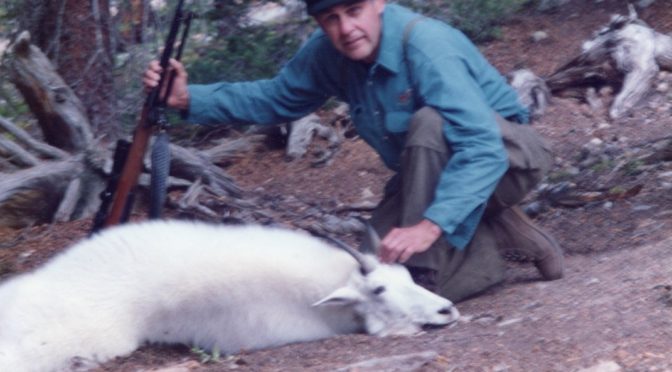
HUNTING ROCKY MOUNTAIN GOAT NEAR BUENA VISTA, COLORADO
In earlier articles I discussed my hunts for Rocky Mountain Bighorn Ram and Ewe on Pikes Peak. I mentioned that it is normally difficult to get drawn for a Ram license. After my successful sheep hunts, I decided to try my luck in the drawing for a Rocky Mountain Goat license, which was even more…
-
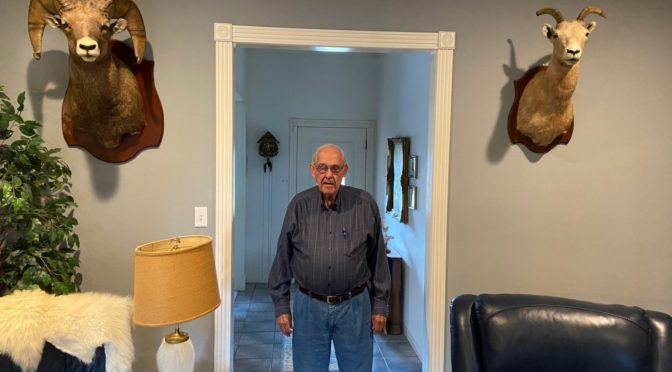
A PAIR FROM THE PEAK–HUNTING ROCKY MOUNTAIN BIGHORN SHEEP ON PIKES PEAK COLORADO (Part 2)
In earlier articles posted to this website, I discussed hunting Bull Elk in the beautiful mountains of Colorado. In Part 1 of this article, I discussed my successful hunt for a Rocky Mountain Bighorn Ram. In this Part 2, I will cover my quest for a Rocky Mountain Bighorn Ewe. Shortly after returning home from…
-
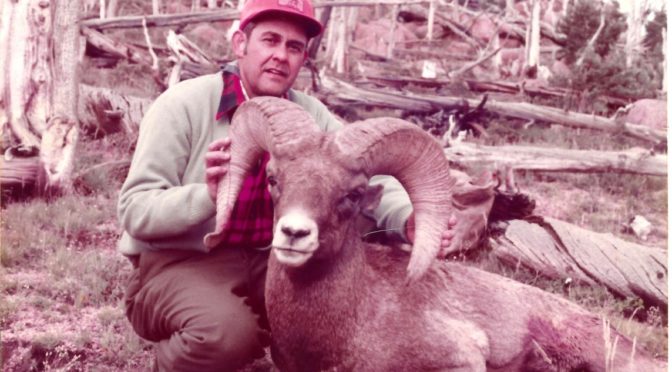
A PAIR FROM THE PEAK – HUNTING ROCKY MOUNTAIN BIGHORN SHEEP ON PIKES PEAK COLORADO
In an earlier article posted to this website, I discussed hunting Bull Elk in the beautiful mountains of Colorado. In this article (Part 1), I will discuss my hunt for a Rocky Mountain Bighorn Ram. In Part 2, I will cover my quest for a Rocky Mountain Bighorn Ewe. In September 1980 when I retired…
-
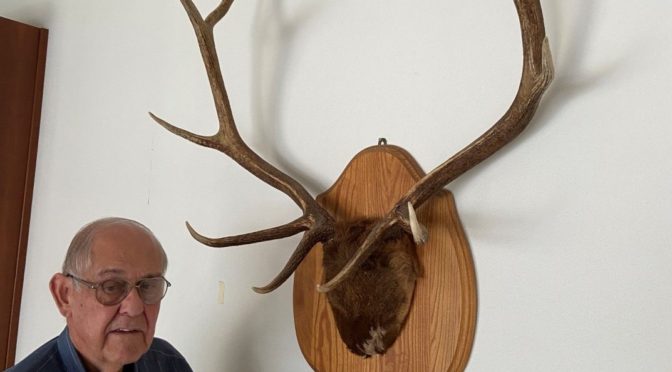
Royal Bull Elk from the Beautiful Colorado Mountains (Part 2)
In an earlier article, Royal Bull Elk from the Beautiful Colorado Mountains (Part 1), I wrote about my killing a beautiful Royal 6 x 6 bull elk in Colorado I will now discuss several successful elk hunts which took place in the same area of the ranch. In 2011, I had invited my life-long friend…
-
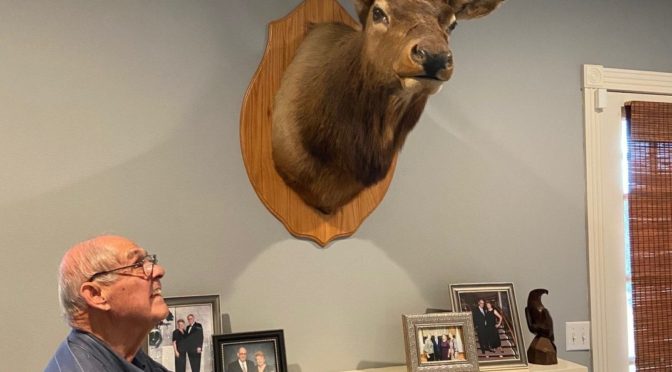
Royal Bull Elk from the Beautiful Colorado Mountains
I lived in Colorado Springs, Colorado for about 21 years–3 1/2 years serving with the Army at North American Aerospace Defense Command (NORAD) from 1970 to 1973 and from 1980 to 1998 as an Aerospace Systems Engineer with several government contractors after retiring from the Army in 1980. During those years living in Colorado I…